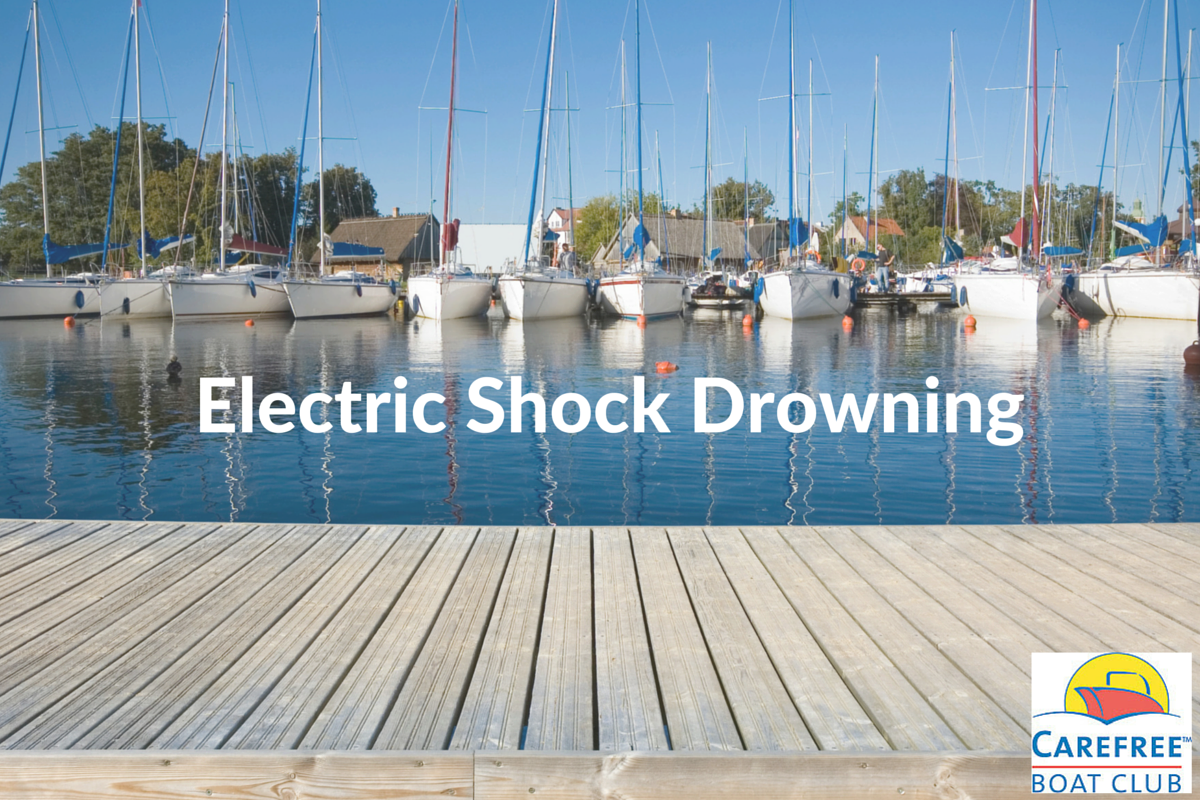
Electric Shock Drowning: A Silent Killer
By Kathleen Doheny
webmd.com
June 15, 2017 — Many swimmers and boaters make water safety a priority, but one danger that’s still often overlooked is electric-shock drowning.
Electric-shock drowning occurs when an electric current, typically low-level AC current from boats, docks or lights, “escapes” and shocks nearby swimmers. The shock paralyzes them so they can’t swim or help themselves.
Officials believe electric shock caused the April drowning deaths of two women at Lake Tuscaloosa in Alabama who may have been swimming near a pier that had an electric current. The incident occurred about a year after the electric shock drowning death of Alabama 15-year-old Carmen Johnson made national headlines. Earlier this month, four people swimming at a hotel pool in Palm Desert, Ca., were hospitalized after they received electric shocks. Their injuries were minor, according to press reports.
“It’s not something anyone thinks about,” says Kevin Ritz, the other cofounder, who in 1999 lost his son, then 8, to the tragedy. Yet, the risk is widespread.
Fresh Water Has Shock Potential
These tragedies are more common in fresh water, experts say. In fresh water, the body conducts electricity better than the water itself, according to the Electric Shock Drowning Prevention Association. Even so, salt water environments are not risk-free.
“The risk exists wherever there is water and electricity,” Ritz says.
Electric Shock Drowning Prevention
Awareness of the danger is the first step, experts agree. Ritz and Burke offer these precautions:
- Don’t swim near marinas. Stay at least 50 yards (half a football field) away, Ritz says. Burke cautions swimmers to stay 100 yards away from docks.
- If someone in the water appears to be shocked, don’t try to jump in and save them—you will probably be shocked, too. Instead, turn off the power, call for help, throw a preserver in the water and warn others in the area to get away.
- Have your home swimming pool, jacuzzi, boat and dock inspected annually. “These need to be properly wired with a ground fault circuit interrupter (GFCI),” Ritz says. The devices are designed to turn off the power when electricity escapes into places where it can be dangerous.
- Make sure your electrician is certified. Burke suggests hiring one certified by the American Boat & Yacht Council. Examine your equipment between inspections; call an electrician if you see damaged wiring, Burke says.
- Boaters who rent a slip should be sure the marina manager or owner schedules annual inspections by a certified electrician to be sure the power system on the dock is safe, Burke says. “You can also have an electrician come out and inspect your boat every year,” Burke says.
- If you swim in a neighborhood or community pool, talk to the homeowner’s association representative or pool manager to be sure they do regular inspections.
- ”Green light” devices, which alert people to the presence of electricity in the water, get a thumbs-down from the Electric Shock Drowning Prevention Association. Although they can tell you of danger at that time, they can’t warn you of impending danger. Sometimes water can initially be safe, but then become electrified when someone on land turns on a switch.
If you are in the water and feel a tingling sensation, try to swim away from anything that could possibly be energergized, Ritz says.


